
Role: Interaction, Visual Designer / Game Designer / C# Programmer
Duration: October 2019 - March 2021
Game Overview
Haunted Decoder is an educational game that teaches players binary conversions. Its goal is to give students fun alternative study material for assessments or projects. Modern educational games feel repetitive and not fun. Players lose engagement and quit playing the game. Haunted Decoder aims to fix this by bringing in fun game mechanics to keep players playing and at the same time learn an academic concept.
Key Points
(1) Establish an immersive gaming experience
(2) Create an intuitive assessment design.
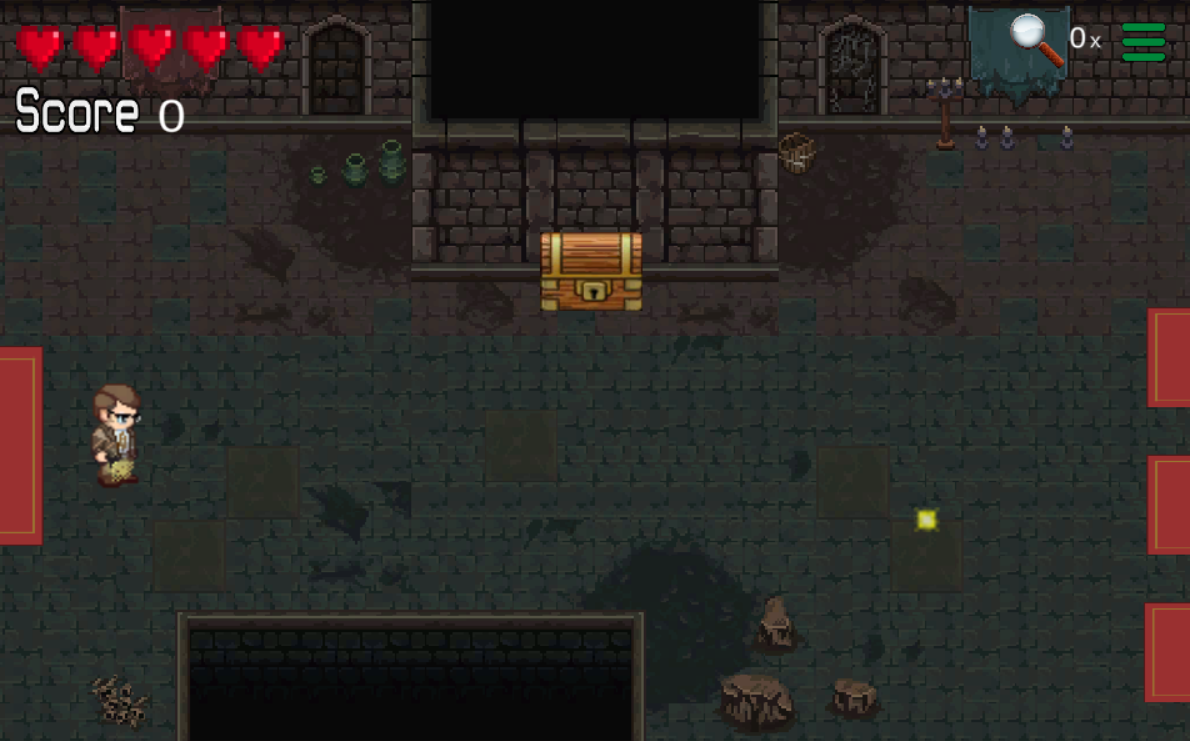
Research
Before attempting to create a game in Unity, I did some research and asked myself a few questions. How are educational games keeping players engaged? Are they learning from the content that’s provided? What do educational games lack that modern games have? What makes modern games fun to play? These questions help me understand what educational games need to boost engagement and also help me brainstorm ideas on game design.
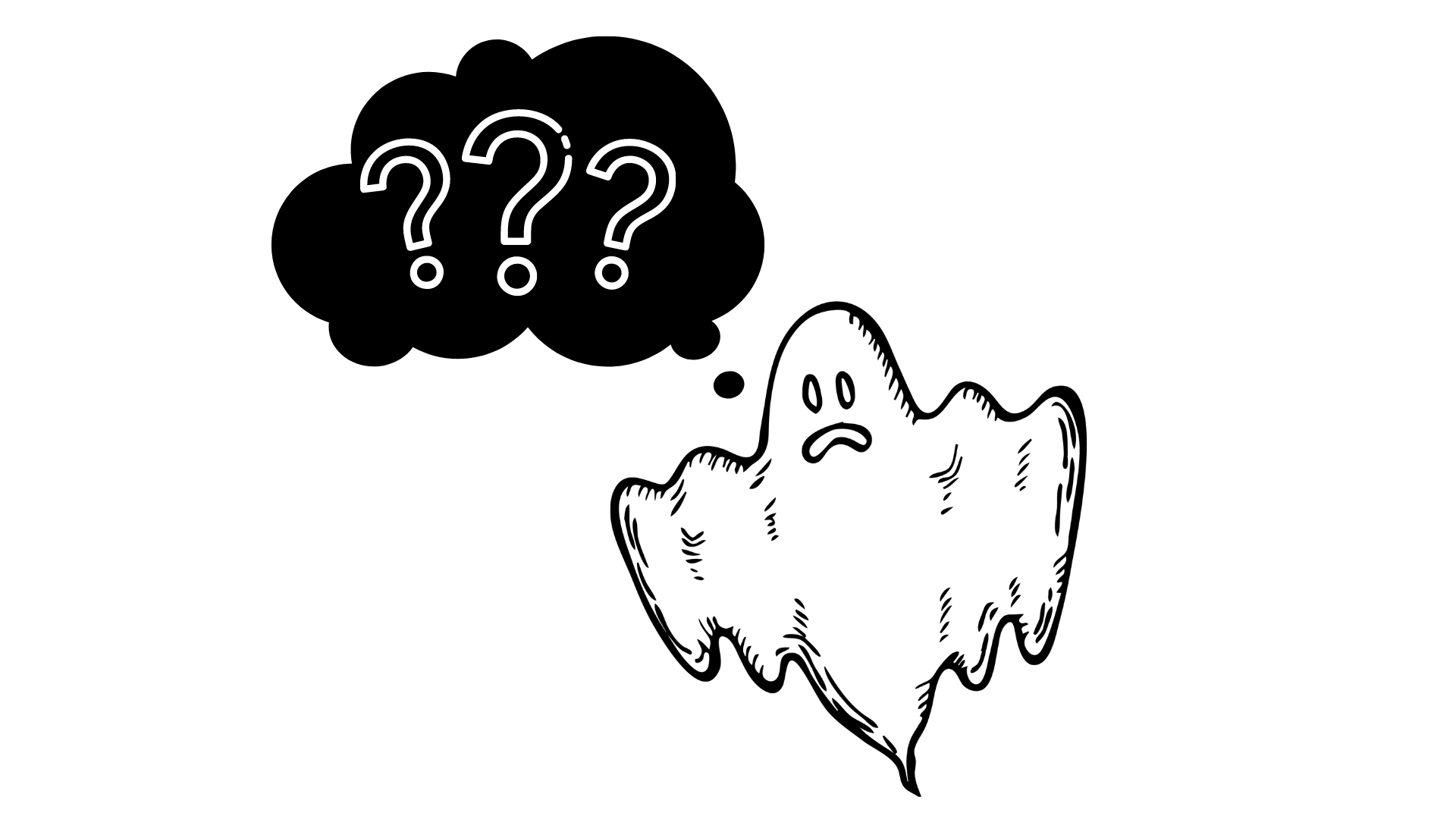
Competitive Analysis
I researched a few games to see their effectiveness in providing a good educational gaming experience. I evaluated several features and compared them with each competitor. I utilized this information to see what user goals they were not achieving.
Overview
(1) I've seen little to no engagement on most of the binary games. Ozaria, a coding game has an interesting story that kept me playing.
(2) A few games had poor UI that made it confusing to play and not approachable.
(3) A score system or getting achievements felt rewarding.
(4) Most of the games didn't provide a variety of concepts to learn.
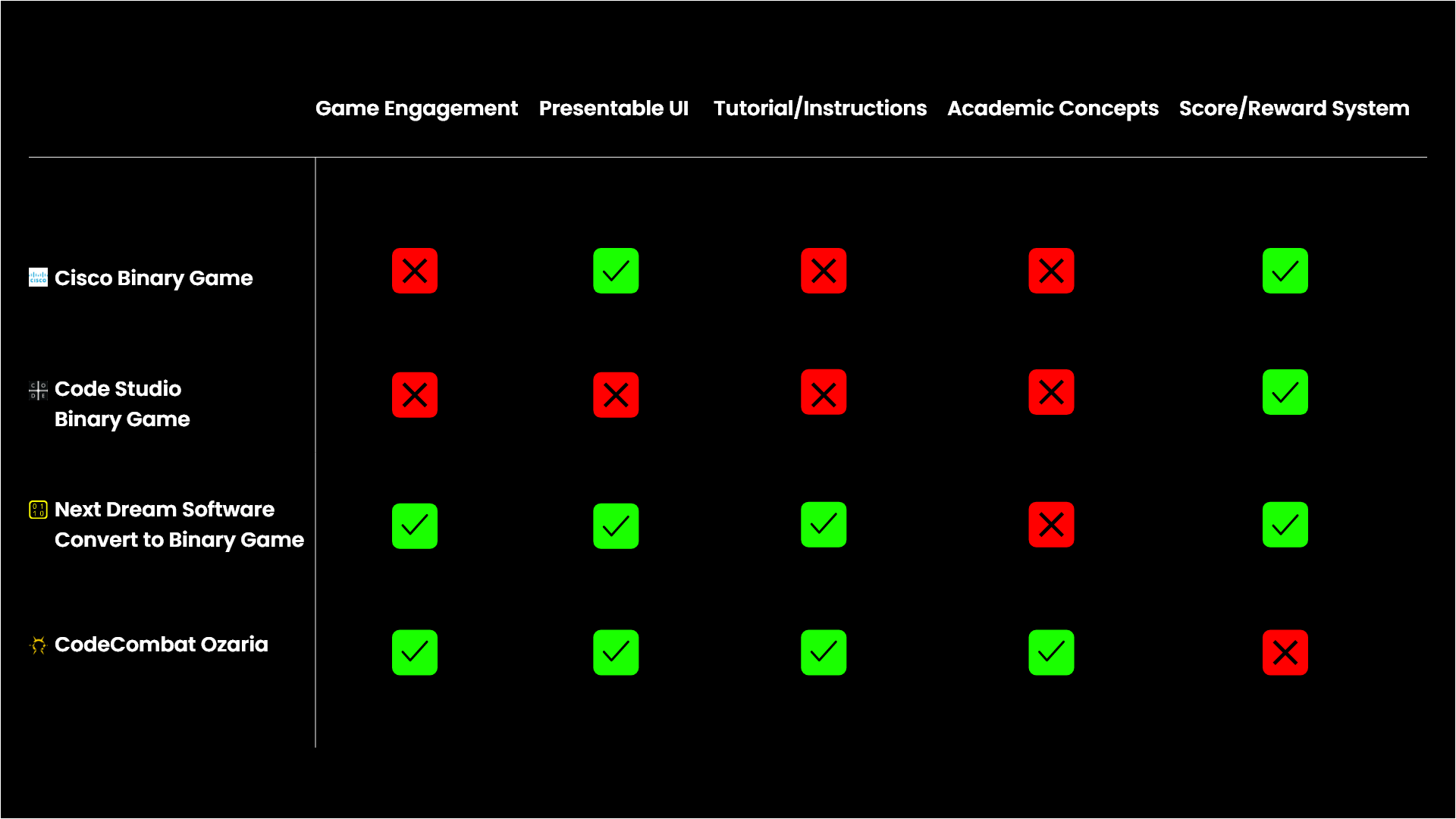
Paper Wireframes
To get the basic idea of the game design and assessment design,
I did some sketches to evaluate the core concepts and game mechanics.
Game Design
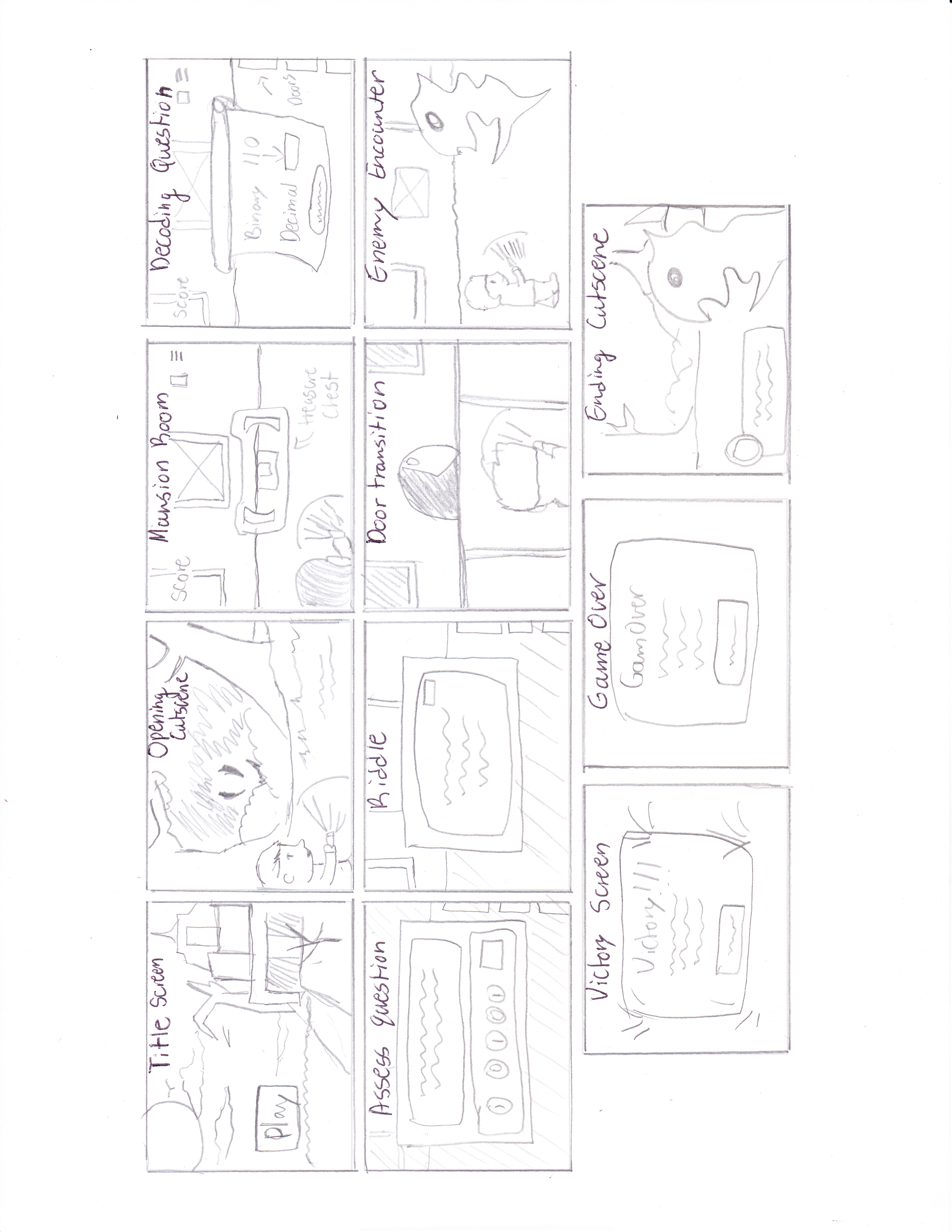
Assessment Design
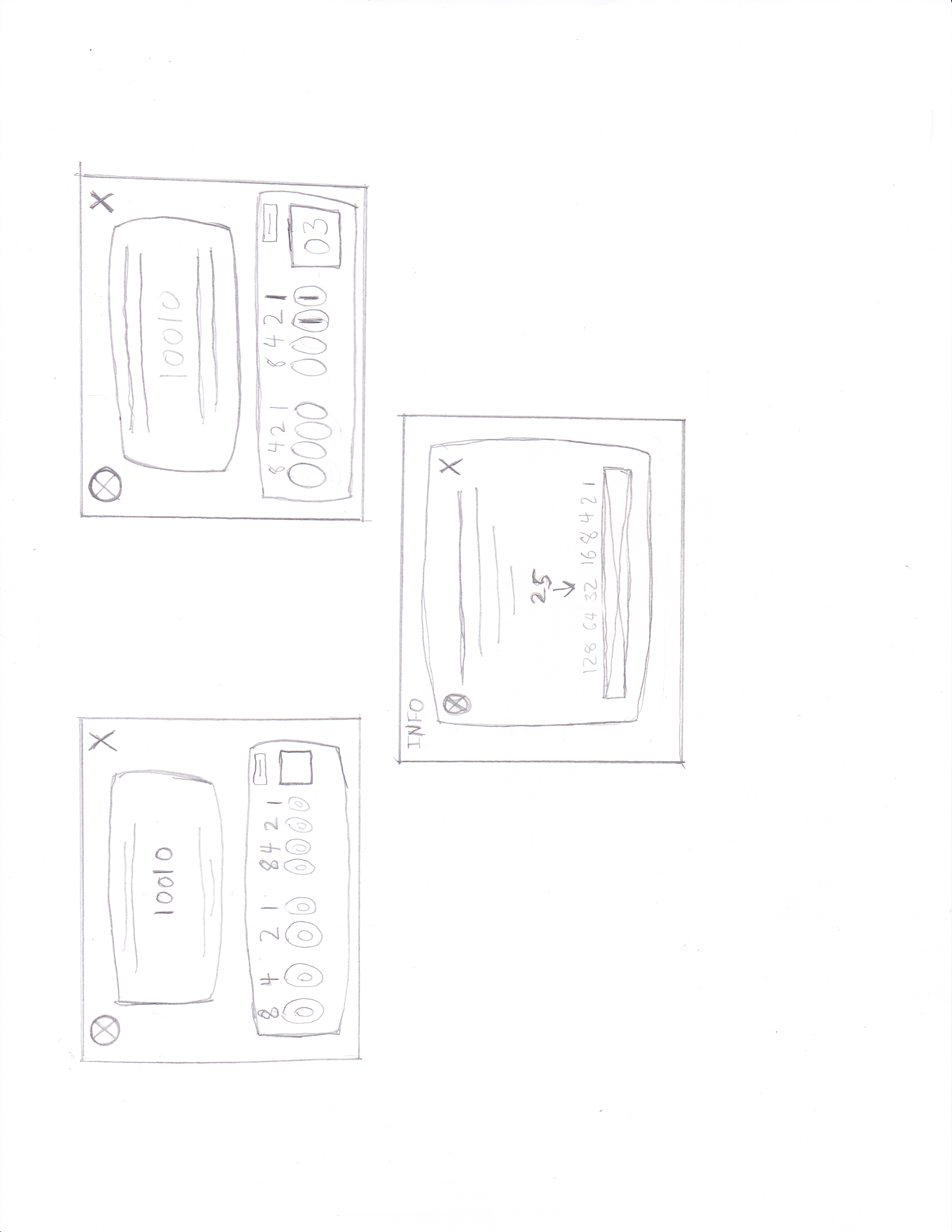
Game User Flow & Wireflow
The user flow illustrate the journey the players take to complete the game.
The wireflow help visualize the interactions and screen flow.
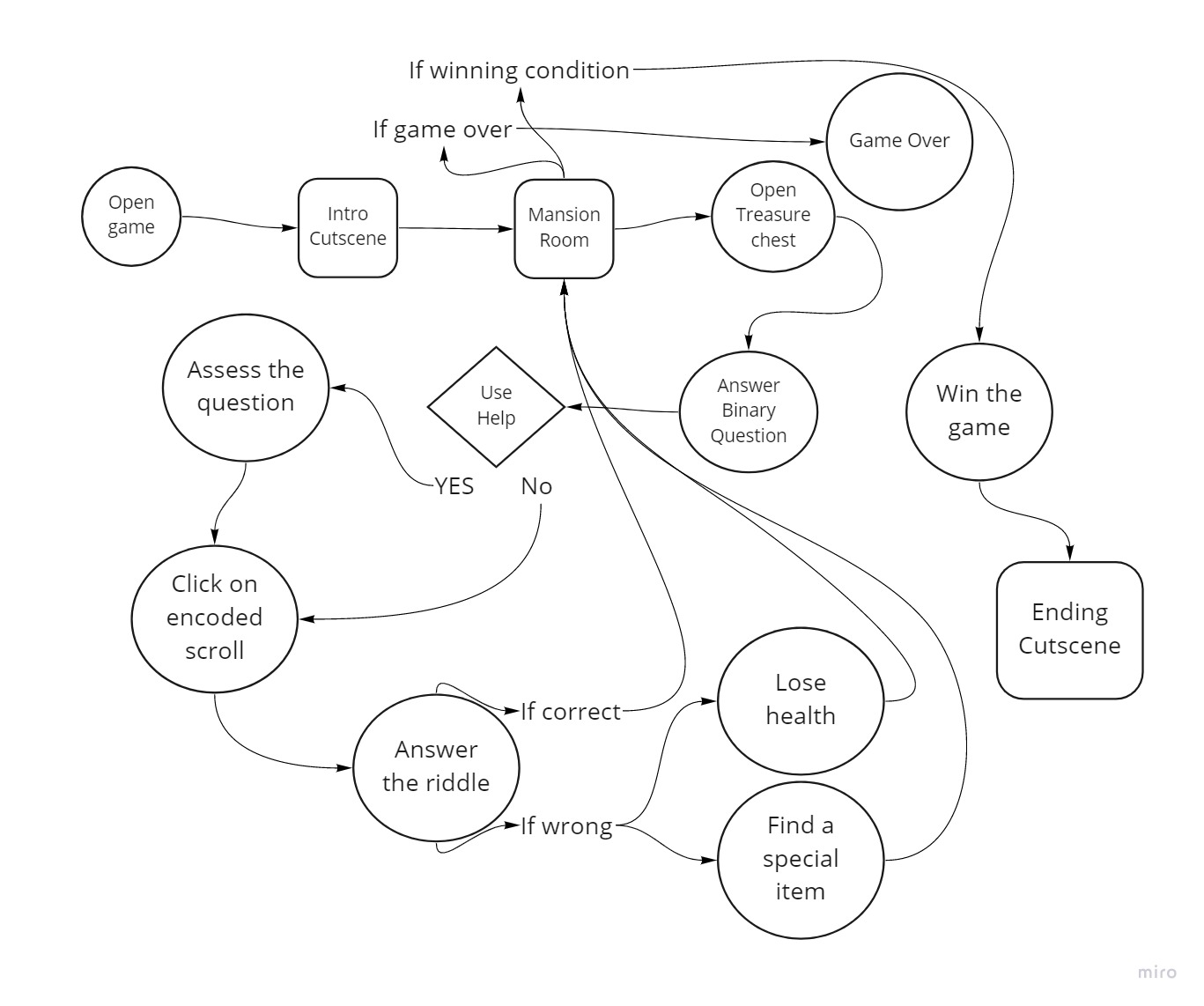
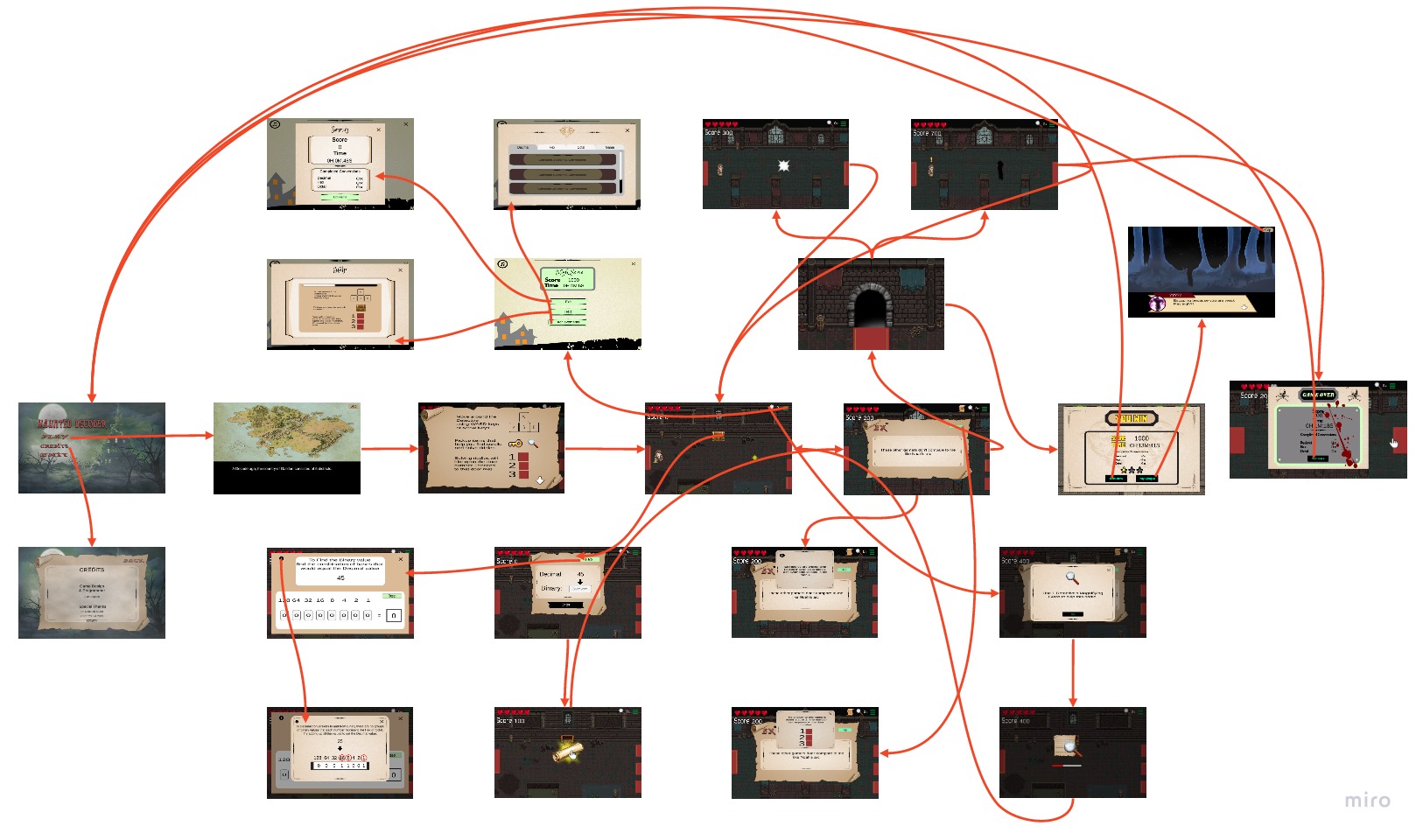
Final Prototype
(1) Establish an immersive gaming experience
Story
I want the players to get immersed in the game by showcasing them an in-depth story. Telling a story feels a sense of curiosity and excitement when you start the game. I don't want them to begin with a question right away. I want players to get a feel for the setting, plot, and characters as they begin their journey in learning something new.
Riddles
As players answer binary questions, they get to decode messages. They will uncover a riddle that would lead them to victory. This feature is a fun aspect of the overall decoding process. Players get to be in the shoes of a detective as they play through the game.
Achievements
The game offers a traditional score system where players advance each level and score points. There are also achievements where players answer conversion questions and get specific achievements based on the conversion type. I want players to have a good experience solving questions. Achievements would give them the motivation and the confidence they need to tackle many problems.
(2) Create an intuitive assessment design.
Multiple Problem Types
The games I played in my competitive analysis only focused on one or two conversion types. I tried to fix this by including all types decimal, binary, octal, and hex, in which players get exposed to a variety of conversion problems.
Interactive Assessment Learning
One of my biggest goals was to create a unique approach in teaching binary conversions to players. I made a design where players can toggle between 1s and 0s that depict binary values that help find the solution. I also added examples to clarify the procedure in answering a variety of conversion problems. I want players to learn as they interact with the design that will lead them to the answer.
Key Takeaways
Impact
I'm confident this game is a good contender in the educational gaming platform since it solved many problems. Emphasis on engagement, assessment learning, and how presentable it is to the player are all the components added into the game. This game would benefit students who are taking intro classes to computer science.
What I learned:
As my first attempt at creating a game, I learned a lot from design to implementation. This project helped me introduce Adobe XD. I learned quite a few design skills that helped prototype the assessment designs. I also learned more about Unity 2D. Creating animations through sprite sheets, Unity UI, C# scripting, and singletons were a few things I learned that helped me implement the game.

